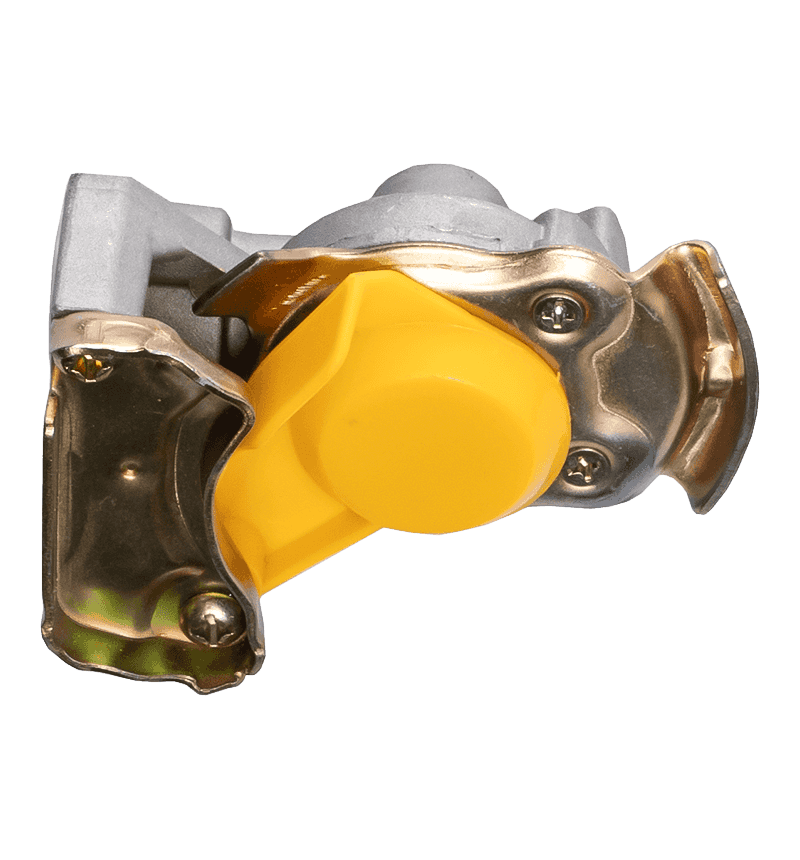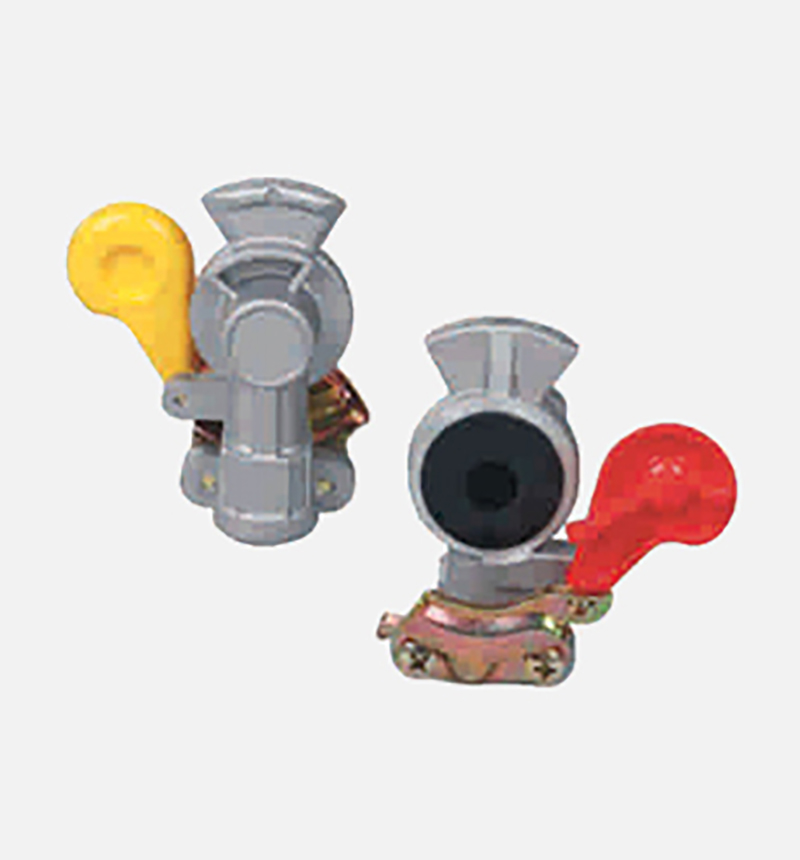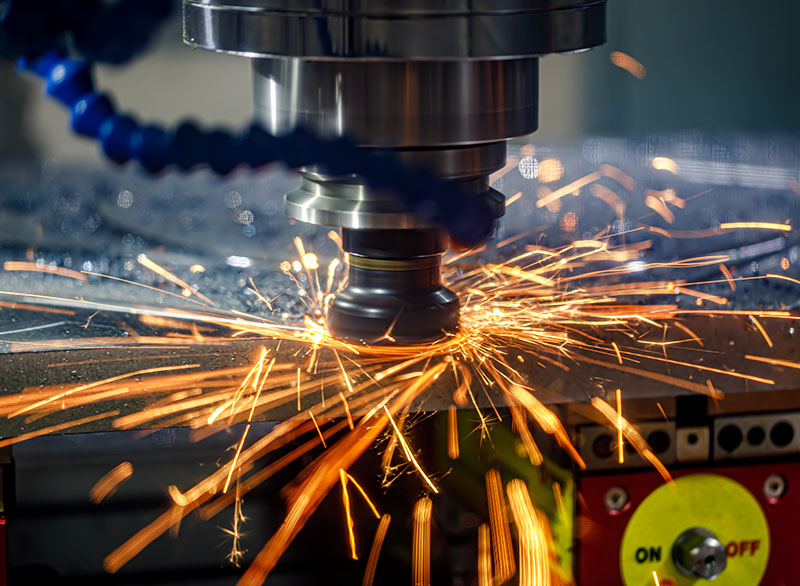Structural features of Coupling Head Trailer
In the vast arena of logistics and transportation, the unique design concept and excellent performance of Coupling Head Trailer have gradually made it a bridge connecting goods and distant places. This trailer not only plays a key role in improving transportation efficiency, but also ensures safety and stability during transportation due to its sophisticated and complex structural design.
1. The core of Coupling Head Trailer lies in its unique coupling head design, which is the key to achieving fast and stable connection. The coupling head is usually made of high-strength, wear-resistant alloy materials, which can withstand huge tension and impact forces, ensuring reliable connection over long distances and in harsh road conditions. In terms of design, the coupling head adopts precise geometric shapes and locking mechanisms to ensure seamless docking with the connection device of the tractor. Once locked, it forms a stable connection body, effectively preventing accidental detachment during driving.
2. The frame design of Coupling Head Trailer fully reflects the perfect balance between lightweight and load-bearing capacity. The frame is made of high-strength, low-alloy steel. Advanced welding and heat treatment processes ensure the durability of the structure. The designer cleverly uses topology optimization technology to optimize the frame structure, remove unnecessary materials, and reduce the weight of the vehicle, thereby improving fuel economy and reducing carbon emissions. Lightweight does not mean sacrificing carrying capacity. The frame of the Coupling Head Trailer has been rigorously tested and can carry various types and weights of cargo to meet diverse transportation needs.
3. The suspension system is an indispensable component of the Coupling Head Trailer, which is directly related to the stability and comfort of the trailer. The Coupling Head Trailer uses advanced air suspension or hydraulic suspension systems, which can automatically adjust the suspension height and stiffness according to road conditions and load to ensure that the trailer always maintains a stable driving posture. The suspension system is also equipped with auxiliary devices such as shock absorbers and stabilizer bars to further reduce vibration and shaking during driving and protect cargo and vehicles from damage.
4. The braking system is an important embodiment of the safety performance of the Coupling Head Trailer. In order to ensure that it can stop quickly and effectively in an emergency, the Coupling Head Trailer is equipped with an advanced braking system. This system includes two modes: pneumatic braking or hydraulic braking, which has the characteristics of rapid response, strong braking force and good stability. The Coupling Head Trailer is also equipped with high-tech auxiliary devices such as ABS and EBS to improve braking performance and safety.
5. With the continuous development of science and technology, the electrical and control systems of the Coupling Head Trailer have also achieved intelligence and automation. These systems use advanced sensors, controllers, actuators and other components to achieve precise control and real-time monitoring of various functions of the trailer. For example, the electrical system can automatically adjust the brightness of the lights and control the temperature of the air conditioner; the control system can realize remote monitoring, fault diagnosis and automatic driving through GPS positioning, wireless communication and other technologies. These intelligent and automated technical applications not only improve the transportation efficiency and safety of the Coupling Head Trailer, but also reduce the labor intensity and work pressure of the driver.
Working Principle of Coupling Head Trailer
The core of Coupling Head Trailer lies in its unique coupling head design, which is the key to achieve fast and stable connection with the tractor. The coupling head is usually made of high-strength alloy materials and can withstand huge pulling and impact forces. When the trailer and the tractor need to be connected, the driver only needs to align the tractor's connection device with the trailer's coupling head. Through the precise locking mechanism, the two can be quickly and firmly connected together. In this process, the geometry and locking mechanism of the coupling head ensure the accuracy and reliability of the connection, and effectively prevent accidental separation during driving.
Once the trailer and the tractor are connected, the two form an integrated power system. The power transmission of the Coupling Head Trailer mainly depends on the engine and transmission system of the tractor. The power of the tractor is transmitted to the trailer through the connection device to drive it forward. In this process, the friction between the trailer's wheels and the ground is converted into forward power, driving the entire transportation system forward. The design of the Coupling Head Trailer focuses on the balance between lightweight and load-bearing capacity, so its power transmission efficiency is high, which can ensure the rapid movement of goods during transportation.
The suspension system is a vital component of the Coupling Head Trailer, which is directly related to the stability and comfort of the trailer's driving. The Coupling Head Trailer uses advanced air suspension or hydraulic suspension systems, which can automatically adjust the suspension height and stiffness according to road conditions and load. When the trailer is driving on an uneven road, the suspension system can absorb and disperse the impact and vibration from the road surface, ensuring that the trailer always maintains a stable driving posture. This smooth driving not only helps to protect the cargo from damage, but also improves the driver's driving comfort and safety.
The braking system is an important manifestation of the safety performance of the Coupling Head Trailer. In order to ensure that it can stop quickly and effectively in an emergency, the Coupling Head Trailer is equipped with an advanced braking system. The system usually includes two methods: pneumatic braking or hydraulic braking, which has the characteristics of quick response, strong braking force and good stability. When the driver steps on the brake pedal, the braking system starts immediately, and the kinetic energy of the trailer is converted into heat energy through the brake and dissipated in the air, thereby achieving the purpose of deceleration and parking.


 English
English Español
Español




